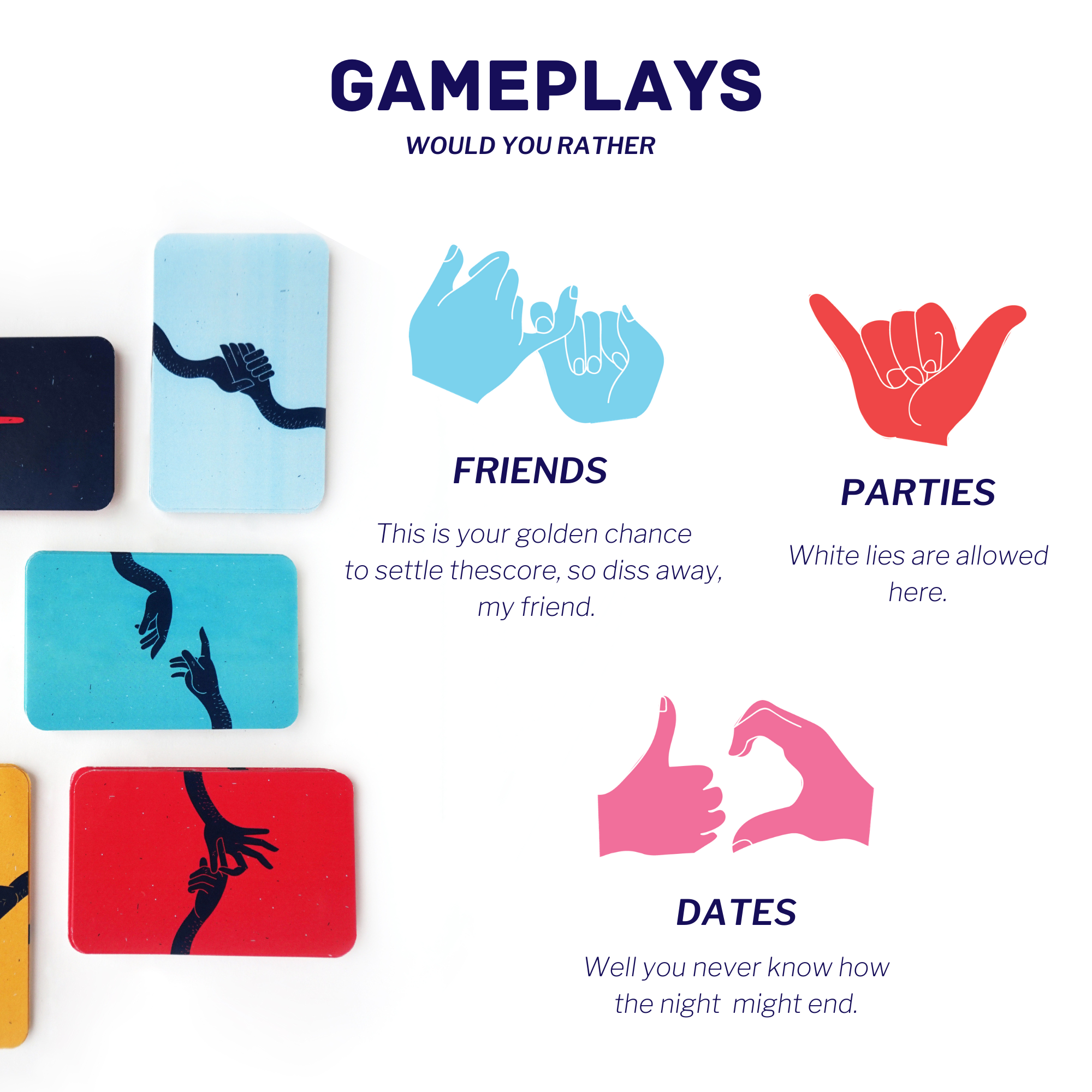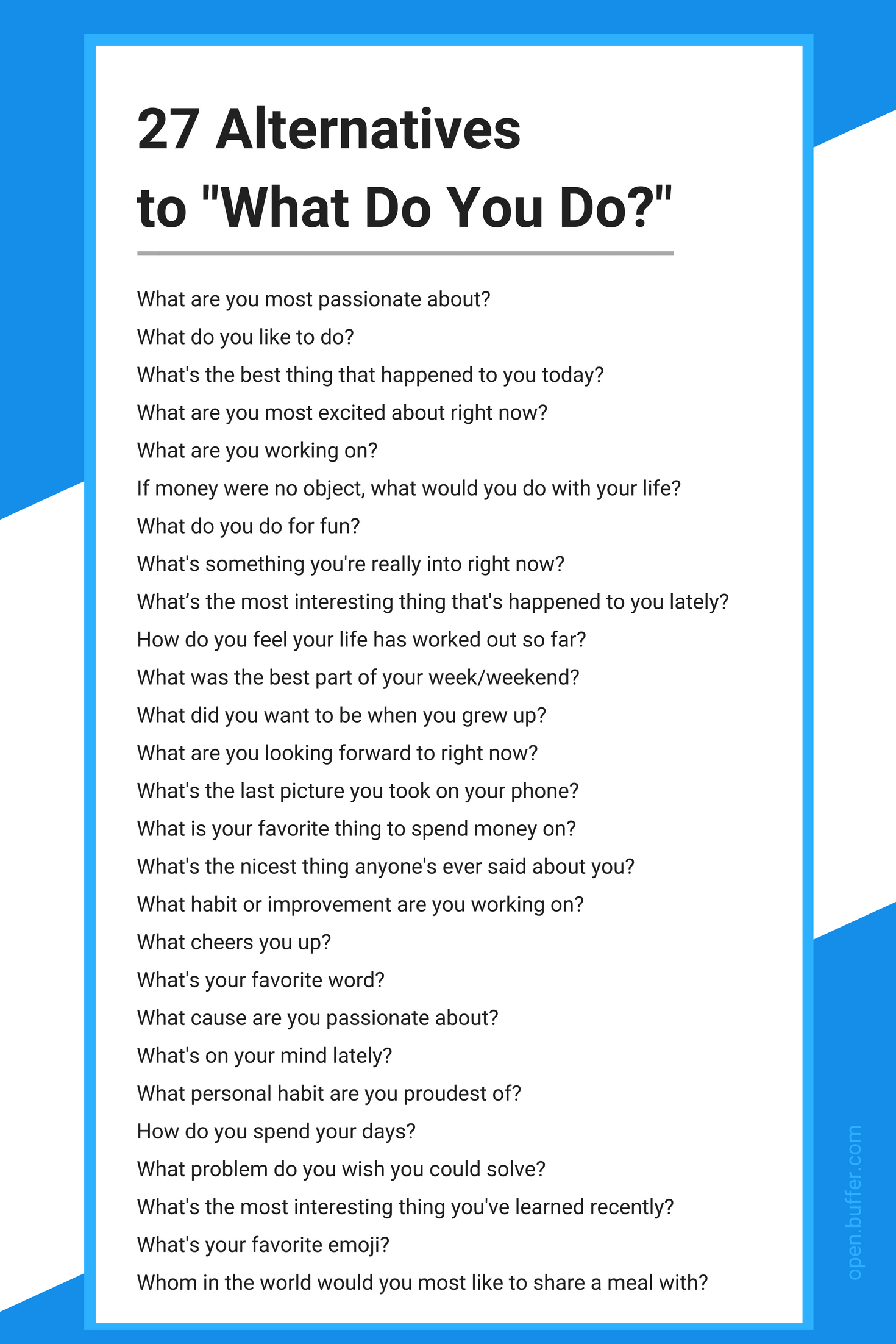
But a good way to increase your chances for success is to lead by example and take the first question. How do you guarantee that your meeting icebreakers actually work? The short answer is that you can’t. These are the three scenarios we’ll be focusing on in this post. This includes job interviews, cross-team office meetings–especially the virtual ones, which can sometimes feel even more impersonal–and conference or workshop groups. Icebreakers are most useful in meetings where people don’t know each other very well. There’s a reason for that: Not all icebreakers are created equal, and it’s important to find the ones that work for your team. Nobody hates fun, but not all people enjoy icebreakers. Have you ever been in a meeting or a class where one extrovert dominated the entire session? Icebreakers create the opportunity for everyone to participate.Īnd finally, icebreakers can be fun–if done well. Second, meeting ice breakers can also aid managers in drawing more introverted team members out of their respective shells. In the same way, icebreaker questions speed up the process of getting to know each other. You might be asking, why do you need meeting icebreakers? Why can’t team members bond in a natural way?įirst, it’s helpful to think about what an icebreaker does for actual ice: it breaks it down so that people don’t have to sit around waiting for the weather to warm up and the ice to melt. Team bonding can lead to heightened creativity, better project management and increased productivity. Team bonding is all the more important in a world where many team bonding meetings have to be virtual.

The idea is that teams that know each other better as people also work together better as team members.


Icebreakers are questions or exercises to help new teams get to know each other better.


 0 kommentar(er)
0 kommentar(er)
